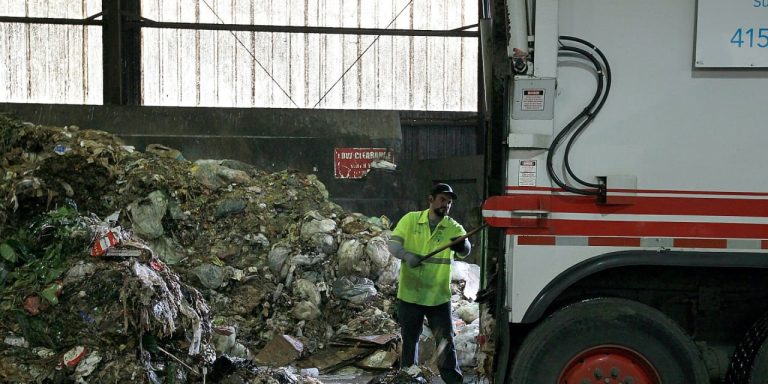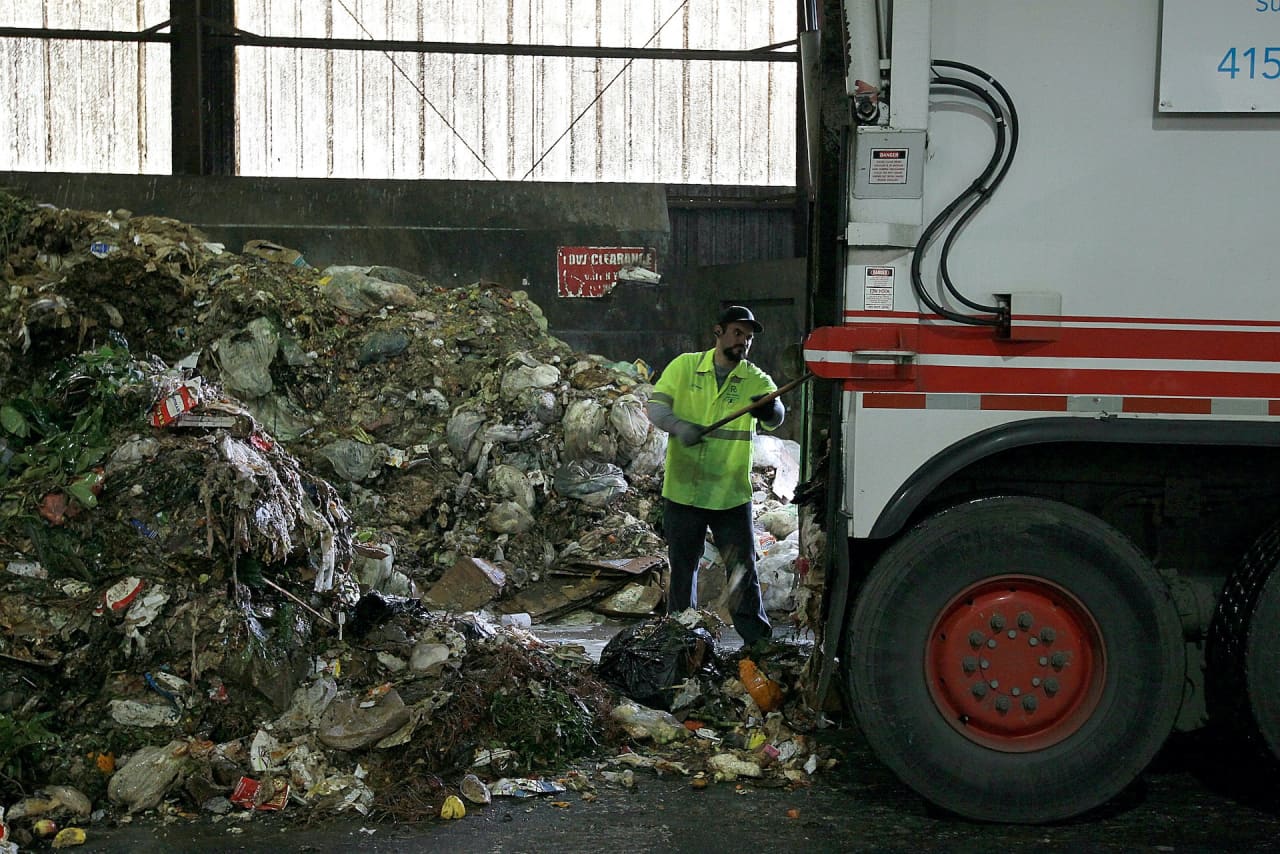Somewhere in the local dump there is a section for my belongings. I like to keep it modest and don't want it marked with a plaque that says “Here lies a life of accumulated objects that once belonged to Linda Nanos.” I admit I've accumulated a lot, and as I work to get out from under this problem, I want to do it in the most environmentally friendly way.
My dresser drawers and closet were crammed with unused clothes. I have a favorite donation fund sponsored by a reputable charitable organization. I called to ask if they accepted underwear, and was told that they accepted wearable clothing, otherwise, I would have to find a drop-off point for textile recycling. This term was new to me, so I started educating myself about it.
Textiles are a problem
My husband and I sort our recyclable plastics, glass, and paper and leave them out for weekly pickup, but my city doesn't recycle textiles. The accumulation of fabrics in landfills is increasing at a shocking rate, and the worst part is that many of the materials do not biodegrade.
As I suspected, my best friend, spandex, is the culprit that breaks down into microplastic beads, but I was surprised to learn that one of the worst offenders is plain old cotton (unless it's organically grown). The toxins used by collective farm businesses to grow cotton are still present in the environment.
I sorted the clothes I chose to give away into two groups: wearables to donate and worn-out clothes to recycle. I found a list of textile donation sites on a website run by my state government. In my area, it seems like I was supposed to throw everything in one trash can and let the charity workers sort it into usable and disposable.
Related: How to make the most profit selling your stuff online while you're down
What will the mother say?
When I set up the donation, I had to confront my mother's idea of wearing decent underwear in case I had an accident. Apparently, I was as frightened when the box sorters saw old underwear with stretched, brittle elastic as I do the emergency medical crew at the scene. I marked it for recycling to be clear that I was not offering it to someone to wear. I was not pleased with the number of bags lying unattended outside the drop box.
I found a better option at a farmers market in Manhattan, where my son lives. The city continues to deal with mountains of textile waste. I brought a textile recycling bag with me when I visited my son, salvaging a vintage T-shirt before throwing away the rest.
Separately, I found a home for frayed and torn towels at a pet shelter. I've been told that dogs and cats especially welcome wool blankets. An old quilt with a matching dust ruffle I went to a thrift store because I no longer wanted something that advertised its purpose as holding dust, but might work for someone else.
Moving on from textiles, my next decluttering task was to dig out piles of paper from my home office. Once again, the piles of unpacked papers are out of control.
Recycling, do's and don'ts
I don't consider myself a hoarder and I blame my massive amount of clutter on my busy lifestyle. I have gone from caring for children to always caring for elderly parents while managing my career. Managing a household was low on my list.
Once I made decluttering a priority, my initial round of paper shredding produced seven bags of paper. They come out to my driveway for their weekly recycling.
After the sanitation process was over, my torn paper bags were still there. She called the city sanitation department and learned that it had switched to a single-stream system that sorts recyclables, jamming the equipment. I had to put most of it in bins as trash, but some of it went into the compost bin we keep for gardening because the paper is biodegradable.
I've developed a new way to get rid of any paper that contains identifying information. Depending on how much sensitive information is involved, I either use a tag to hide the information or I cut out and tear out just the name, address, and account number. The remaining papers can go to regular recycling.
Plus: 4 ways clutter costs you — like renting thousands of dollars a year in self-storage units
Control catalog clutter
Stopping the glut at its source is another tactic. I switch to paperless reports when they are offered. Every day I receive address labels, greeting cards, and calendars from nonprofits I've donated to and catalogs from businesses I've sponsored.
The most ridiculous gifts, meant to encourage donation, come from conservation groups, which shouldn't be filling up landfills with junk mail. I have contacted organizations and companies sending catalogs or orders and asked them to remove me from their mailing lists.
See also: How to organize your finances
What to do with electronic waste
A pile of electronic devices in my home office caught my attention. My old laptop had the problem of protecting sensitive information. I called a tech support person to remove the hard drive, then made a trip to the landfill, which had a designated area for disposal of computers, televisions, and other electronic devices.
If there is no dedicated electronic drop-off center in your area, many companies that sell electronics now offer and even encourage recycling because they can salvage the precious metals they contain. best buy bby,
For example, it says it has recycled 2.7 billion pounds of electronics and devices since 2009, and is committed to protecting the environment of its electronic products. They will accept three products a day from a customer.
For all the possessions we already own, donating clothing and household goods to thrift stores and other charitable organizations prevents our items from landing in landfills — or at least delays their arrival.
WM, the largest landfill operator in North America, plans to invest more than $2 billion in new technology, from waste-to-energy plants to recycling plants equipped with artificial intelligence-powered optical sorters. The Wall Street Journal explains how the sector has benefited from tax breaks and other incentives, and increased demand for recycled packaging materials. Photo: W.M
Next challenge: Buy less stuff
It's easier to put unwanted possessions in the trash when you no longer need them, but finding a more responsible solution to getting rid of them is worth your time.
We can tackle the wide world of items that have not yet been purchased by eliminating impulsive buying. I pledge to shop online or in a store with the intention of replacing, updating, or fulfilling a new need, and to never purchase an item that was placed near the checkout page or on my computer screen based on my last search.
is reading: Do companies want to lower their prices? Stop buying stuff from them.
I'll leave the shiny stuff to the crows, and hope my legacy isn't the biggest pile in the landfill.
Linda Gore Nanos is a practicing attorney, author, wife, mother, and grandmother. Her writing credits include a memoir, Forty Years of Menstruation, professional articles, and published articles on life lessons.
This article is reprinted with permission from NextAvenue.org©2023 Twin Cities Public Television, Inc. all rights are save.
More from Avenue Next:


